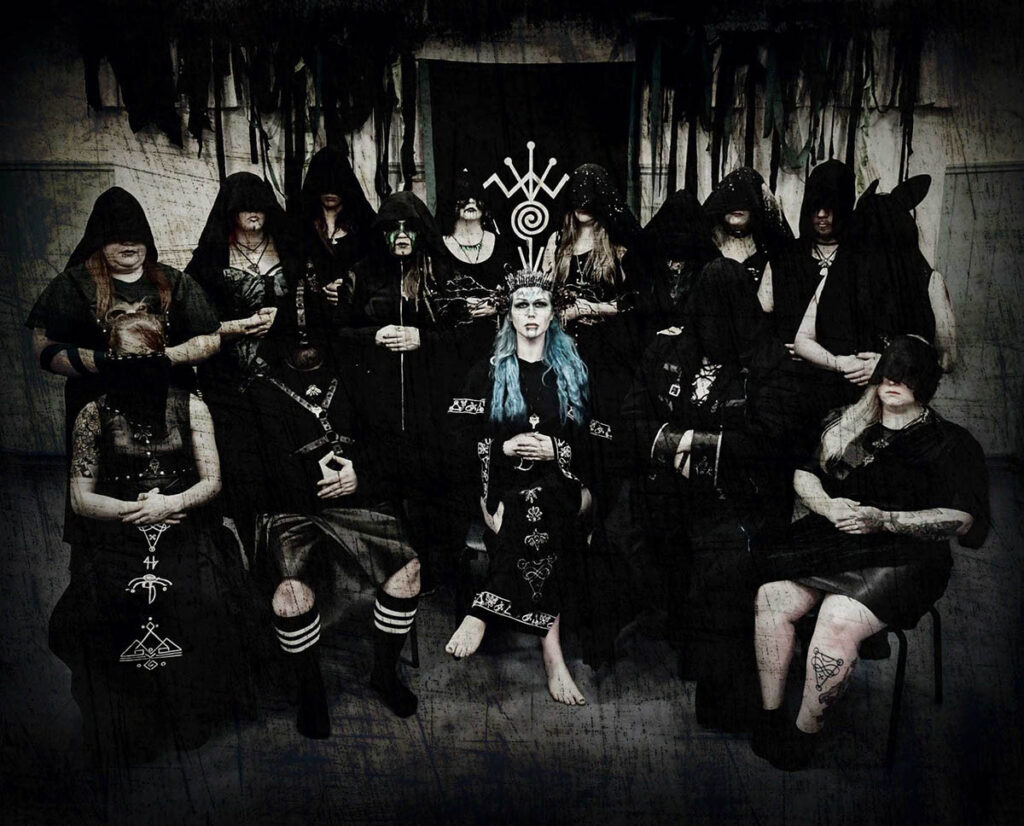A global, pacifist, and spiritual movement rooted in the philosophies of Russian author Leo Tolstoy, emphasizing non-violence and simple living.
The Tolstoyan movement, inspired by the philosophical and religious views of the renowned Russian novelist Leo Tolstoy, emerged as a significant social movement in the late 19th and early 20th centuries. Tolstoy, best known for his literary masterpieces like “War and Peace” and “Anna Karenina,” developed a Christian philosophy deeply influenced by the teachings of Jesus, especially the Sermon on the Mount.
Origins and Philosophy
Tolstoy’s philosophical journey led him to adopt a lifestyle of simplicity and non-violence. He advocated for vegetarianism, viewing it as an extension of his pacifist beliefs. Vegetarianism during Tolstoy’s time was often seen as unhealthy according to then-prevailing medical views, but Tolstoy and his followers emphasized the physical vitality of vegetarians. Vegetarian restaurants often doubled as meeting spaces for Tolstoyans and other social reformers.
Global Influence and Communities
The movement gained international attention and inspired various groups and colonies worldwide. One of the most notable instances was in South Africa, where Mohandas K. Gandhi, later known as Mahatma Gandhi, established Tolstoy Farm near Johannesburg in 1910. This cooperative colony spanned over 1,100 acres and was dedicated to the principles of Tolstoyan philosophy, particularly serving satyagrahis, or practitioners of nonviolent resistance.
In the United States, notable Tolstoyans included Ernest Howard Crosby, who supported the Christian Commonwealth Colony in Columbus, Georgia. This colony, established in 1896, was influenced not only by Tolstoy but also by the views of Christian socialists, Henry George, and Edward Bellamy.
In Europe, Tolstoy’s impact was initially delayed due to censorship in Russia, but with the efforts of figures like Vladimir Chertkov, a movement began to grow in the 1890s. This movement saw a significant rise after Tolstoy’s death in 1910, particularly following the Russian Revolutions of 1917. Communities based on Tolstoyan principles were established in various Russian provinces, but these were eventually suppressed or lost independence due to collectivization and ideological purges in the late 1920s.
The Brotherhood Church in England, under John Coleman Kenworthy, established Tolstoyan colonies in Essex and Gloucestershire. Gandhi, who visited one of these colonies, viewed it as a failed Tolstoyan experiment due to its eventual abandonment of Tolstoy’s principles.
Prominent Followers and Impact
The movement attracted various prominent followers, including philosopher Ludwig Wittgenstein, who was deeply influenced by Tolstoy’s “The Gospel in Brief.” Tolstoy’s advocacy for pacifism and nonviolent resistance profoundly influenced leaders like Mahatma Gandhi, Martin Luther King Jr., and Cesar Chavez. American social activist Dorothy Day, founder of the Catholic Worker Movement, was also a prominent follower of Tolstoy’s teachings.
Legacy and Challenges
The Tolstoyan movement’s legacy is marked by its significant influence on pacifist movements and figures globally. However, the practical implementation of Tolstoy’s ideas often faced challenges, such as personal incompatibilities among participants and a general lack of practical agricultural experience, leading to the failure of many Tolstoyan communities.




